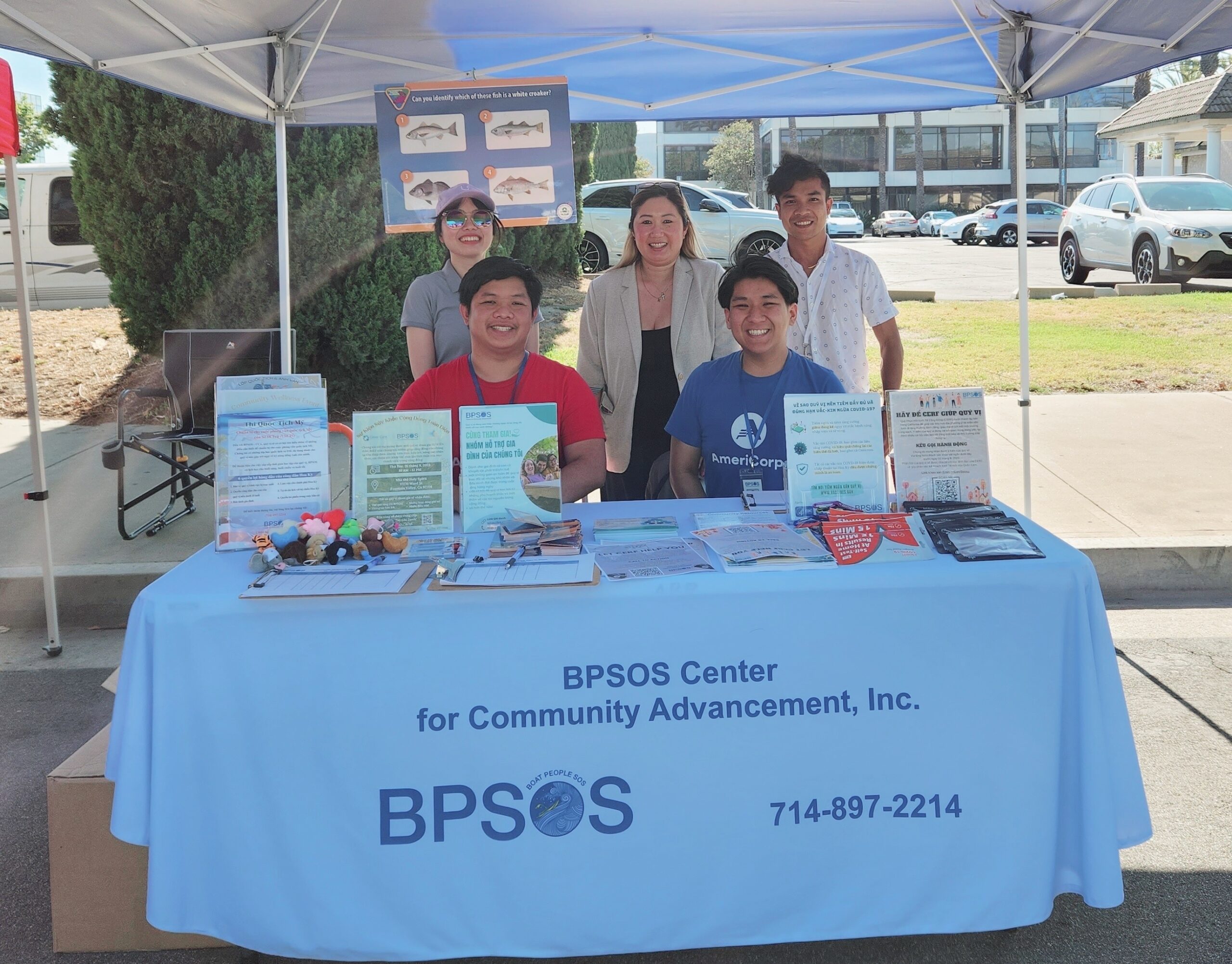Interview With a Partner: BPSOS Center for Community Advancement
“Without language you can’t feel that you have a legitimate, respected presence. You are without a voice, without power.”
— Jhumpa Lahiri, Bengali American author
There is no official language in the United States. While English is the most commonly used, over 350 languages are practiced across the country.
Still, in many important health care settings like doctor’s offices or hospitals, resources are often only available in English and, occasionally, Spanish. This lack of language accessibility affects millions of people, including the Asian American and Pacific Islander (AAPI) community.
According to a 2022 report by the Urban Institute, over 30 percent of Asian American adults and 12 percent of Native Hawaiian/Pacific Islander adults have limited English proficiency. But these numbers disguise a more nuanced disparity between ethnic groups, with percentages as high as 73 percent for Burmese-American adults and 53 percent in Nepalese-American adults.
The AAPI community — which includes more than 50 individual ethnic groups — experiences great difficulty in accessing medical services and communicating with health care providers. This was made worse by the COVID-19 pandemic. Many AAPI people needed timely information about COVID variants, vaccines, and treatment, but few had resources available in their primary languages.
Community Catalyst’s Vaccine Equity and Access Program (VEAP) works with a diverse group of community-based organizations (CBOs) across the country to combat vaccine hesitancy and increase the availability of vaccine education resources in lower-income communities of color. Of the CBOs in our program, 13 percent serve Asian American communities, and 8 percent serve Native Hawaiian/Pacific Islander communities.
Many of the CBOs working with AAPI communities are committed to providing accurate information about the COVID vaccine in their communities’ primary language(s). This includes the BPSOS Center for Community Advancement, an organization that works largely with elderly Vietnamese immigrants with limited English proficiency in Orange County, California. We had the opportunity to talk to BPSOS staff about their work and community. Our conversation has been lightly edited for length and clarity.

What challenges do you see in your community when it comes to accessing information about COVID-19 vaccines?
Vietnamese adults can be very skeptical towards vaccines, possibly due to misinformation or having limited resources. BPSOS is dedicated to supporting our community by offering accurate and trustworthy information about vaccines and their effects. Through evidence-based data provided by experts, we aim to dispel vaccine myths and foster a comprehensive understanding within our community.
What kind of work has BPSOS done to address accessibility challenges when it comes to information about vaccines?
Recognizing that the language barrier played a crucial role in causing misunderstandings regarding vaccination within the Vietnamese community, we took proactive measures to address this issue. By sourcing information from reputable sources such as the CDC and FDA websites, we diligently translated all our materials into Vietnamese. Our aim was to effectively disseminate accurate and reliable information about vaccination to our community. We translated COVID-19 materials into Vietnamese to post on social media, publish in Vietnamese magazines, air on Vietnamese radio broadcast and TV advertisements, distribute [as] flyers, and [send as] monthly e-newsletters and text banking to the community.
Furthermore, we organized a comprehensive COVID-19 training series in Vietnamese, aimed at empowering our community members with accurate information about the COVID-19 vaccine. This series covered various topics including the mechanism of the vaccine, debunking common misconceptions, understanding FDA approval, and providing guidance on convenient online appointment scheduling for vaccination. Our intention was to dispel prevalent myths within our community and promote informed decision-making. According to the post-test results, the participants’ knowledge increased by 7 percent. 92 percent of the participants reported being very confident in scheduling vaccine appointments online. 80 percent reported having strong confidence in COVID-19 vaccine’s safety. Many participants expressed their willingness to share the knowledge they gained from our training with their family members, particularly those who still hold reservations or misconceptions about COVID-19 vaccination.
What kind of work has BPSOS done to address cultural competency challenges when it comes to vaccine education?
We provided cultural competency trainings to community leaders in order to educate them on proper approaches to [talking with] the Vietnamese population, particularly in the areas of public health and immunizations. We have trained nursing students at a community college, NAMI (National Alliance on Mental Illness) conference attendees, health care workers and staff of the Recovery Education Institute (which assists adults living with mental illness or living with family members who have a mental illness), various health care providers in Orange County (doctors, nurses, therapists, etc.) and volunteers. [The training] incorporated traditional beliefs, contrasts between Western and Eastern medicines and how to intertwine them in practices, as well as explaining how Vietnamese families practice health in collectivistic ways.
We have received positive feedback regarding the training. Some organizations have re-invited us back to train their staff so that they can implement methods to successful outreach to the Vietnamese community.
What kind of changes are needed to make COVID-19 information more accessible?
During the pandemic, several community members complained [about] difficulty browsing vaccination [web]sites because the online platforms were not available in their chosen language or required additional processes. [Online resources] should be simple and open for the community to understand and manage. Moreover, the information and materials should be consistent and clear for the public to grasp.